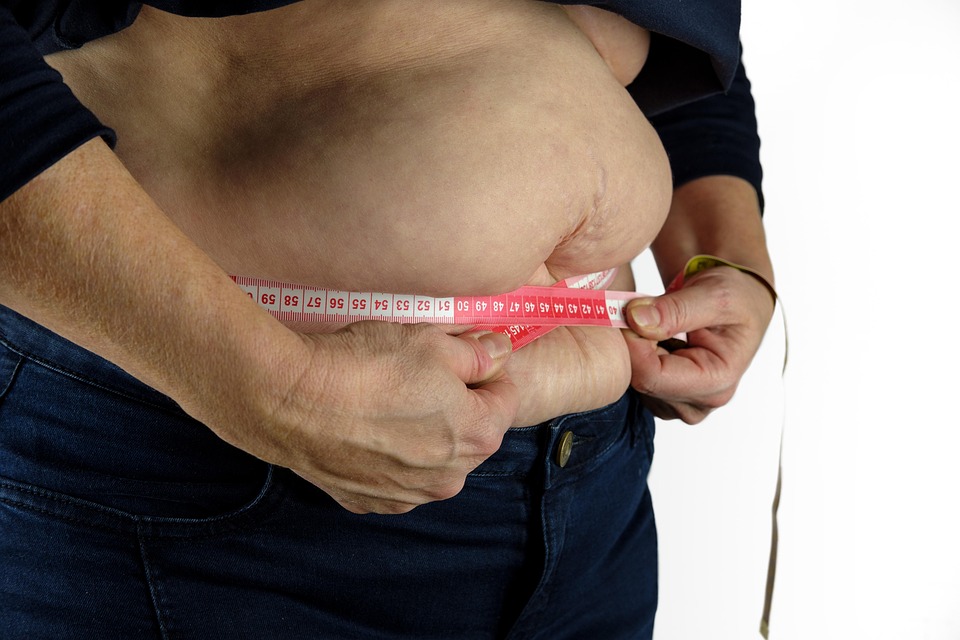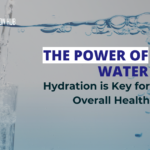Can You Really Lose Fat and Keep Muscle? Yes!
Many people struggle with the desire to lose fat while maintaining muscle mass. The common perception is that losing weight results in losing both fat and muscle. However, the truth is that you can lose fat and keep muscle. This article will explore effective strategies backed by research, addressing common concerns and providing practical tips to help you on your journey.
Understanding Fat Loss and Muscle Retention
To achieve fat loss while preserving muscle, the first step is understanding the science behind both processes. Fat loss occurs when you consume fewer calories than you burn, creating a caloric deficit. However, it’s essential to ensure that this deficit doesn’t come at the expense of muscle mass.
The Role of Diet
Your diet plays a crucial role in this process. Consuming sufficient protein is vital as it provides the building blocks necessary for muscle preservation.
-
Protein Intake: A higher protein intake can help preserve muscle during caloric restriction. Research shows that a daily intake of 1.6–2.2 grams of protein per kilogram of body weight optimally supports muscle mass during weight loss efforts (Schoenfeld & Aragon, 2018).
- Caloric Deficit: A moderate caloric deficit (around 500 calories per day) can promote fat loss while minimizing muscle loss. Participants in various studies have maintained muscle even while losing weight when following structured exercise and dietary plans (Trexler et al., 2014).
Hitting the Weights: The Importance of Strength Training
Strength training is a crucial component of any fat loss plan focused on muscle retention. Engaging in regular resistance training helps signal the body to maintain muscle mass, even under caloric restriction.
Benefits of Resistance Training
-
Muscle Preservation: Studies have shown that individuals who strength train while on a caloric deficit can retain more lean body mass than those who do aerobic exercises alone (Hdeib et al., 2019).
- Metabolic Boost: Strength training also increases resting metabolic rate. Building muscle requires more energy, which means you burn more calories even when at rest (Pasiakos et al., 2013).
Incorporating Cardio Wisely
While strength training is essential, cardiovascular exercise also has a place in fat loss without sacrificing muscle. Balancing the two is key.
Types of Cardio
-
High-Intensity Interval Training (HIIT): This form of training has been shown to burn fat effectively without affecting muscle mass as much as steady-state cardio. HIIT sessions can lead to greater fat loss while promoting muscle retention (Buchheit & Laursen, 2013).
- Steady-State Cardio: Moderate-intensity steady-state cardio can be beneficial, too, but it’s advisable to limit duration to avoid excessive caloric burn which could lead to muscle loss.
Nutrition Strategies for Fat Loss and Muscle Maintenance
Beyond protein intake, paying attention to overall nutrition can significantly impact your ability to lose fat while keeping muscle.
Balanced Macros
- Carbohydrates and Fats: While protein is crucial, don’t neglect carbohydrates and healthy fats. Carbs provide energy for workouts while fats support hormonal health. A well-rounded diet promotes better overall health, leading to more sustainable fat loss.
Meal Timing and Frequency
- Nutrient Timing: Consuming protein-rich meals or snacks spaced throughout the day can enhance muscle protein synthesis (Tipton et al., 2006). Consider having a meal with both protein and carbohydrates post-workout to optimize recovery.
Sleep and Recovery Matter
Recovery plays a significant role in muscle preservation. Lack of sleep can impair recovery and affect hormonal levels that regulate fat loss. Make sure you prioritize quality sleep and manage stress levels effectively.
- Sleep Guidelines: Aim for 7–9 hours of sleep per night to promote recovery and hormone balance (Walker, 2017). Adequate sleep helps maintain leptin and ghrelin levels, hormones that regulate hunger and satiety.
Conclusion
In summary, it is indeed possible to lose fat and keep muscle. By focusing on a high-protein diet, engaging in regular strength training combined with smart cardio choices, and prioritizing recovery, you can efficiently achieve your body composition goals. Whether you’re a beginner or have experience in fitness, these strategies can help you along the way.
If you found this information useful, consider exploring more about our nutrition guides or workout routines to further enhance your journey!
Frequently Asked Questions
Can you really lose fat and keep muscle simultaneously?
Yes, you can lose fat and maintain muscle by incorporating a high-protein diet, engaging in strength training, and maintaining a moderate caloric deficit. Research supports this method.
What diet is best for losing fat while preserving muscle?
A diet rich in protein (1.6–2.2 grams per kilogram of body weight) combined with healthy fats and carbohydrates can promote fat loss while preserving muscle mass.
Is cardio necessary for losing fat while keeping muscle?
While strength training is crucial, incorporating cardio, especially HIIT, can enhance fat loss without significantly impacting muscle retention.
How much protein should I consume while trying to lose fat and keep muscle?
Aim for 1.6–2.2 grams of protein per kilogram of body weight, as studies indicate this range optimally supports muscle maintenance during weight loss.
Does sleep affect muscle retention during fat loss?
Yes, inadequate sleep can impair recovery and hinder the hormonal balance necessary for muscle retention during fat loss efforts.
Are there any supplements that can help me lose fat and keep muscle?
While whole foods should be the focus, some may benefit from supplements like whey protein, creatine, and branched-chain amino acids (BCAAs) to support muscle maintenance. Always consult a healthcare professional before starting new supplements.








